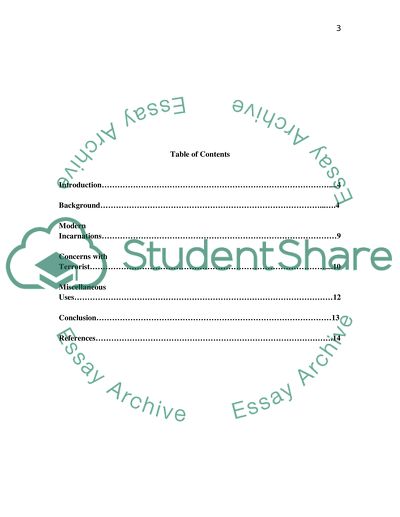Cite this document
(“Steganography Research Paper Example | Topics and Well Written Essays - 2750 words”, n.d.)
Retrieved from https://studentshare.org/information-technology/1400538-steganography
Retrieved from https://studentshare.org/information-technology/1400538-steganography
(Steganography Research Paper Example | Topics and Well Written Essays - 2750 Words)
https://studentshare.org/information-technology/1400538-steganography.
https://studentshare.org/information-technology/1400538-steganography.
“Steganography Research Paper Example | Topics and Well Written Essays - 2750 Words”, n.d. https://studentshare.org/information-technology/1400538-steganography.


